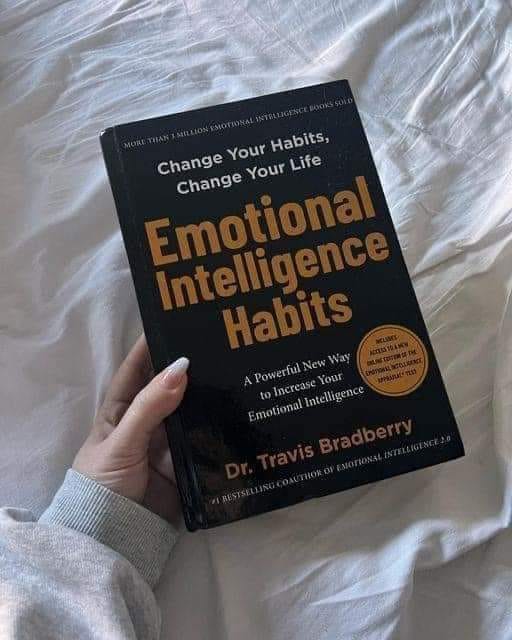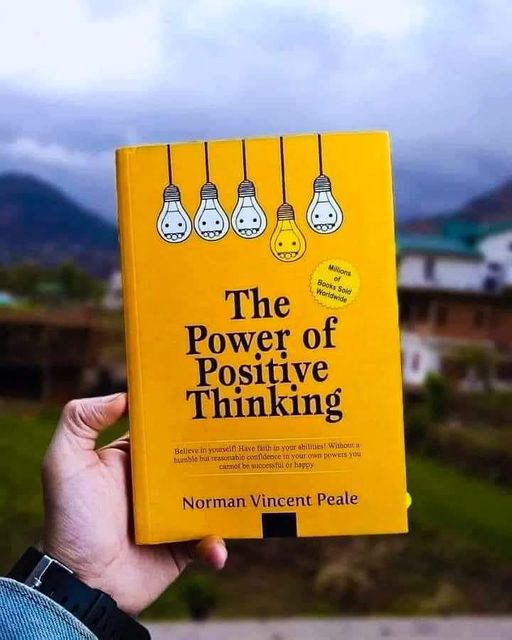10 lessons from the book “Boundaries: When to Say Yes, How to Say No to Take Control of Your Life” by Dr. Henry Cloud and Dr. John Townsend:
- Understand the Importance of Boundaries: Boundaries are essential for maintaining your physical, emotional, and mental health. They define what is yours to control and what is not, helping you protect your well-being.
- Recognize Your Limits: Knowing your own limits is crucial. Boundaries help you identify and respect your personal capacity, preventing burnout and ensuring you don’t overextend yourself.
- Communicate Clearly and Assertively: Setting boundaries requires clear and assertive communication. It’s important to express your needs and limits in a straightforward yet respectful manner, without aggression or passivity.
- Learn to Say No: Saying no is a vital part of boundary-setting. It allows you to protect your time, energy, and resources, ensuring you can focus on what truly matters to you. Saying no can be done respectfully and without guilt.
- Identify and Address Boundary Violations: Be aware of when your boundaries are being crossed and address it promptly. This might involve setting firmer limits or having difficult conversations to clarify expectations.
- Understand That Boundaries Benefit Relationships: Healthy boundaries improve relationships by fostering mutual respect and understanding. They help prevent resentment and misunderstandings, creating a more balanced and harmonious dynamic.
- Overcome the Fear of Rejection: Many people struggle to set boundaries due to a fear of rejection or disapproval. Recognize that setting boundaries is a form of self-respect and essential for authentic relationships.
- Deal with Resistance: When you establish boundaries, some people may resist or react negatively, especially if they are used to overstepping them. Stay firm in your boundaries and seek support if necessary.
- Practice Self-Care and Self-Compassion: Setting boundaries is a form of self-care. It involves prioritizing your needs and well-being, which is crucial for maintaining a healthy balance in life. Be kind to yourself as you learn and practice this skill.
- Adapt Boundaries as Needed: Boundaries are not static; they can and should change as your life circumstances evolve. Regularly reassess your boundaries to ensure they continue to serve your best interests and adjust them as necessary.









